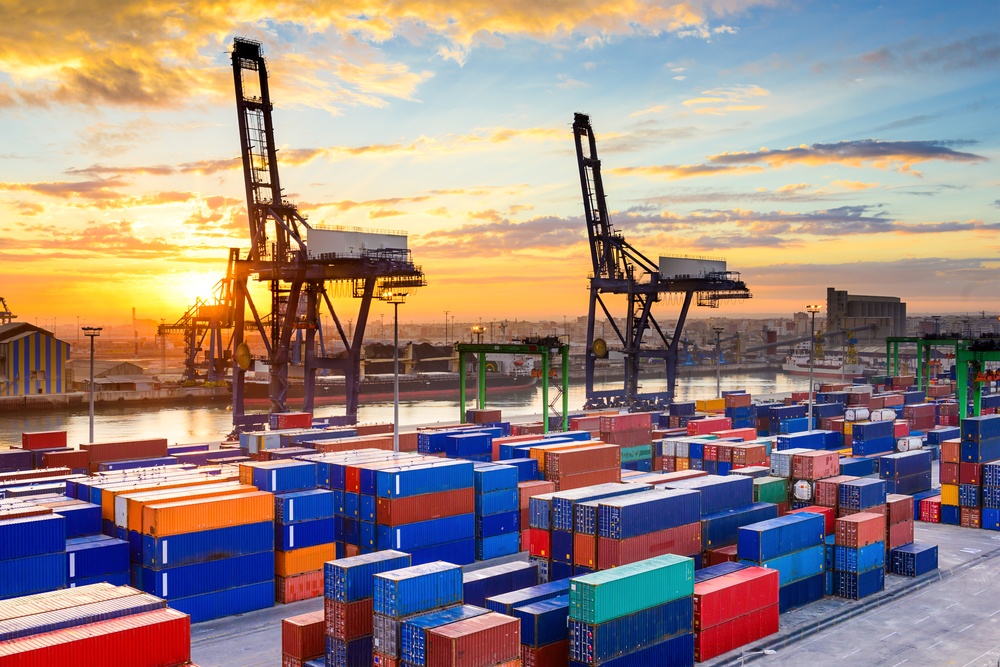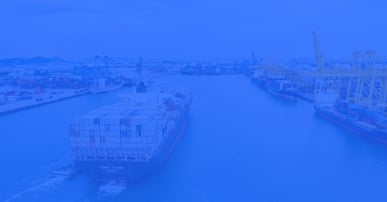In November 2014 the International Maritime Organisation (IMO) amended SOLAS (Safety of Life At Sea convention) Chapter VI Regulation 2 which places responsibility on the shipper to ensure that all containers that are loaded on a ship have a verified weight.
This regulation is applicable globally and it requires shippers, freight forwarders, vessel operators, and terminal operators to establish policies and procedures to ensure the implementation of this regulatory change.
This regulation is called the SOLAS VGM (Verified Gross Mass).
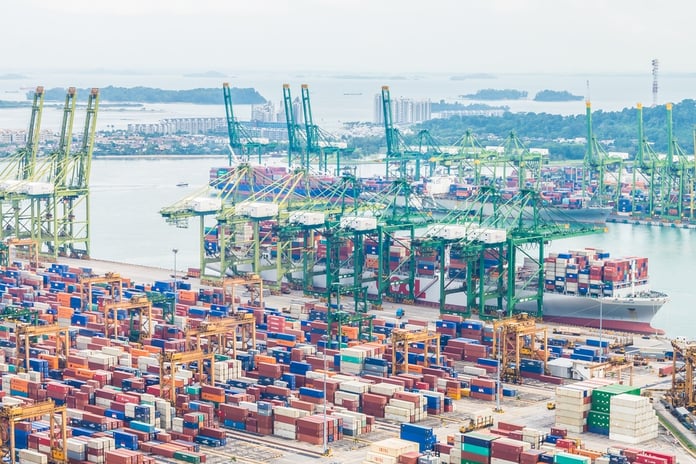
What is the Reason for this Amendment and Implementation of VGM?
Container weight misdeclaration has been a continuous maritime safety problem for carriers and ports over the past many years. Although under SOLAS the shipper was obliged to provide an accurate container weight to the carrier, this was not followed at all times.
As per the testimony of John W. Butler, President & CEO of World Shipping Council before the House Committee on Transportation and Infrastructure Subcommittee on Coast Guard and Maritime Transportation on “Maritime Transportation Safety and Stewardship Programs”, the consequences of container weight misdeclaration has been severe, leading to:
- Personal injury or death to seafarers and shore side workers;
- Loss of vessel stability;
- Collapsed container stacks;
- Containers lost overboard (including containers that were not mis-declared);
- Stability and stress risks for ships;
- Incorrect vessel stowage decisions;
- Damage to ships, cargo and container handling equipment;
- Overweight containers being transported on roads and highways;
- Liability claims for vessel and marine terminal accidents;
- Impairment of service schedule integrity which causes supply chain delays for shippers of properly declared containers;
- Re-stowage of containers (and resulting delays and costs), if the incorrect condition is ascertained;
- Last minute shut-outs of booked and confirmed shipments when the actual weight on board exceeds what is declared, and the total cargo weight exceeds the vessel limit or port draft limit; and
- Impairment of optimal vessel trim and draft, which causes suboptimal fuel usage and increased vessel air emissions.
In order to reduce the tangible risks created by mis-declaration to the dock workers, ships and cargo, the SOLAS amendment became a necessity and came into effect on 1st July 2016.
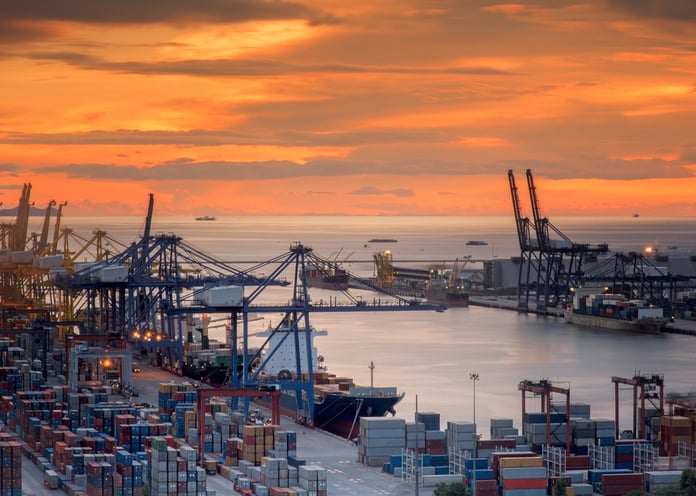
How Does the VGM Work?
As per the WSC (World Shipping Council) and IMO Guidelines, before a packed container can be loaded onto a ship, its weight must be determined through weighing. It is a violation of SOLAS to load a packed container aboard a vessel to which SOLAS applies without a proper weight verification. There is no exception to this requirement.
Shippers have two options or methods to verify the container weight. Whichever method is used, the shipper will get a certificate which certifies that the gross mass has been verified and thus the shipping line gets the VGM certificate.
Under method 1, once the container is packed, it is taken to an accredited weigh bridge to verify the weight of the cargo packed into the container and this weight becomes the VGM.
Under method 2, the cargo about to be packed into the container is weight separately and the empty container is weighed separately and the total of these two weights becomes the VGM.
In this process, the carrier is NOT liable to verify the weight of the container or verify the accuracy of the VGM certificate provided by the shipper.
However, if the carrier loads a container onto a ship without receiving the VGM from the shipper, the carrier may be liable for not following the agreed process with SOLAS/IMO.
Depending on the country, shippers can weigh their containers and secure the VGM using their own weighbridge, port weighbridge, 3rd party weighbridge, etc. Main criteria is that the VGM certificate should be issued by a weighbridge accredited by the Maritime Authority of that country.
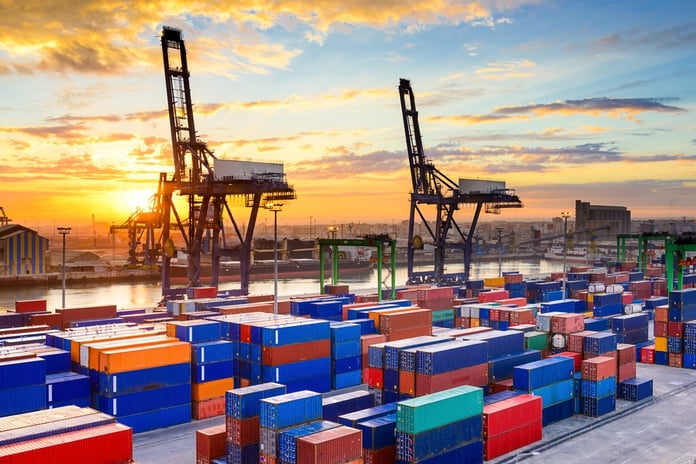
Has the SOLAS VGM Been Successful?
Well, Shipping and Freight Resource posted this question 425 days after the implementation of SOLAS VGM and the responses seems to have been fairly balanced.
Logistics Service Provider: “We are Logistics forwarding service co. and we are glad to say that we have no issue with SOLAS VGM implementation.”
Importer: Being an importer and having the Incoterm as EXW, we have to collect the shipment from the shipper. And this regulation this has increased the transport cost as it has to go to a certified weighbridge first before going to the port.
Employee of Container Terminal: VGM has increased workload to a little extent. VGM has a slight impact on export weight misdeclaration.
Weighbridge Operator: As a private weighbridge operation, we have noticed a marked increase in the volume of containers weighing under SOLAS guidelines. From a weighbridge operation point of view, it’s definitely changed the face of container weighing for our company here in New Zealand.
Shipping Line: As the OPS Supervisor on of the shipping line in Vladivostok commercial port, frankly speaking, nothing serious changed from the chapter came into effect for Russian port – Vladivostok.
SOLAS VGM has brought the serious consequences of container weight misdeclaration to the fore and the strict implementation of the same seems to have acted a major deterrent in bringing down the instances and incidents of such misdeclaration.
It is every shippers moral and now legal responsibility to follow this regulation.


-1.jpg)
